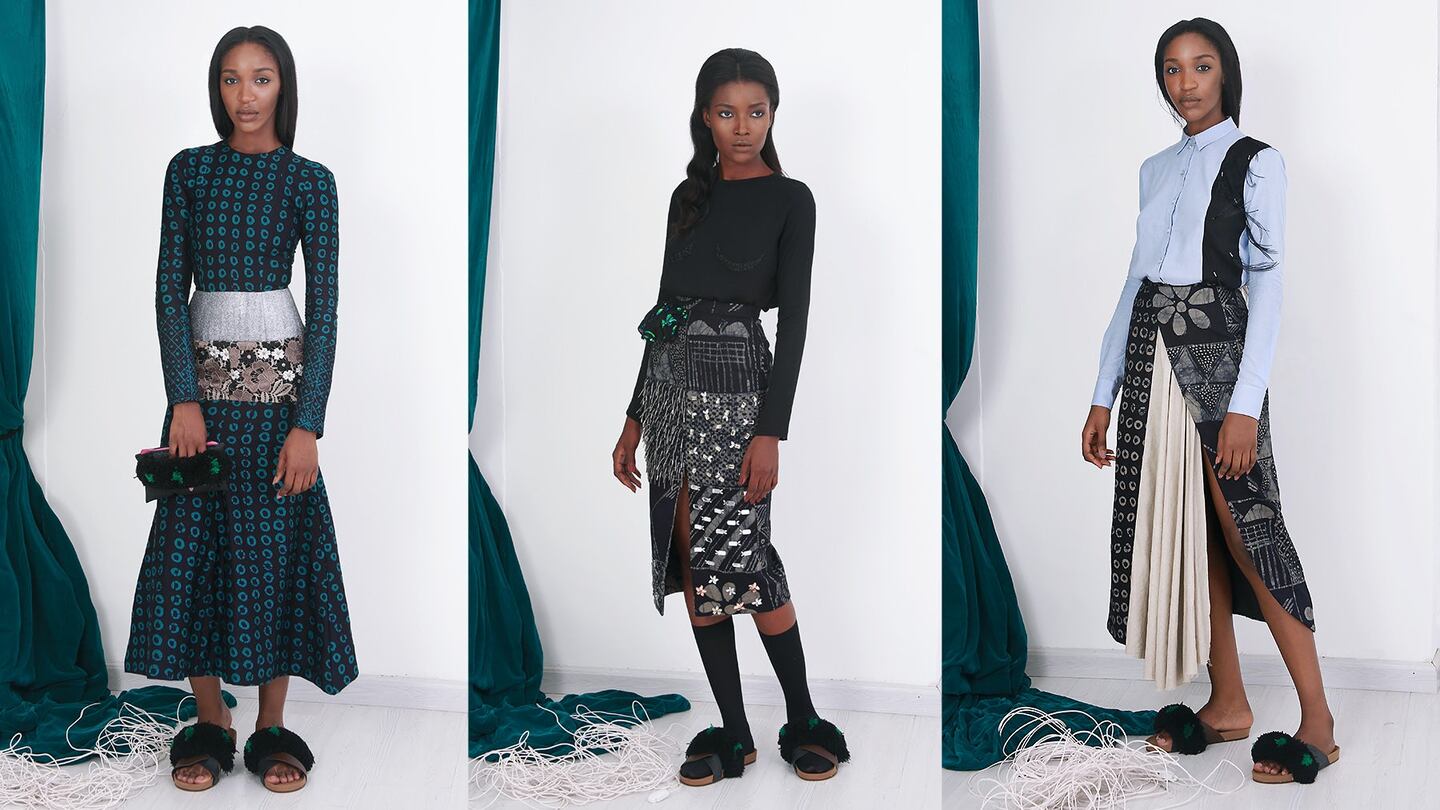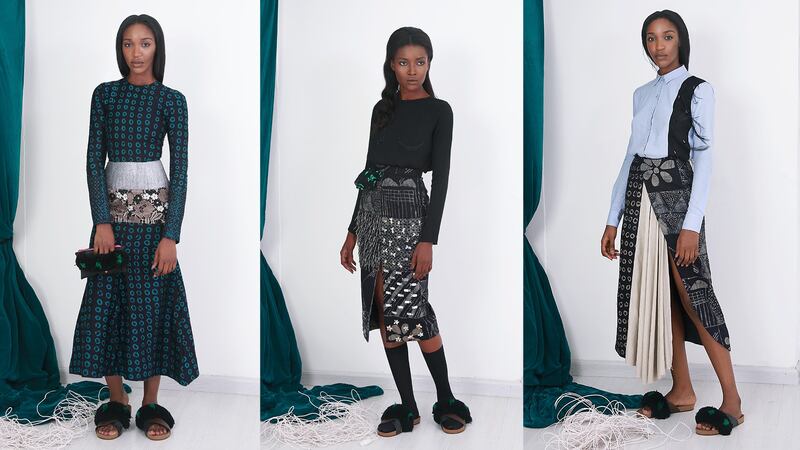
The Business of Fashion
Agenda-setting intelligence, analysis and advice for the global fashion community.

Agenda-setting intelligence, analysis and advice for the global fashion community.

LONDON, United Kingdom — Africa has always inspired global style, as the archives of every international fashion house attests. But right now, thanks to the continent's growing creative confidence, its best design talents are offering the industry something new — their own take on sustainable luxury. While Africa can't yet compete with mature markets in terms of manufacturing on a large scale, it can shine by elevating its vast artisanal heritage to develop a fresh approach to handmade craftsmanship for discerning consumers worldwide.
In my view, it’s about redefining luxury through an appreciation of ethically made, beautiful objects that tell their own authentic stories. This is an area where Africa excels. As the world shrinks and resources dwindle, the industry is looking for original sources of unique goods. The continent’s diverse aesthetics and history of sophisticated dress naturally lends itself to this demand. Get the product and narrative right at the top of Africa’s fashion food chain and, that will set the bar for the rest of the world to follow.
A prime example is Maki Oh by Amaka Osakwe, which has become one of the biggest success stories of Nigeria's burgeoning fashion scene since launching in 2010. At that time, while most of her local contemporaries used Dutch wax prints, she focused on evolving indigenous textiles such as indigo resist-dyed adire and loom-woven ase-oke to create directional womenswear that spoke to seasonal trends. She's since been sold in Lagos and New York, worn by Michelle Obama and Solange Knowles, and shortlisted for the 2014 LVMH Young Designer Prize.

Maki Oh Autumn/Winter 2015 | Source: Courtesy
ADVERTISEMENT
Laduma Ngxokolo promotes South African mohair and merino wool with his line MaxHosa by Laduma. Inspired by Xhosa initiation ceremonies and beadwork, his colourful knitwear was commended at London Fashion Week’s International Fashion Showcase in February and is selected for Vogue Talents in Milan this autumn.
And in Ghana, Studio One Eighty Nine uses luxury fashion as an agent of change. The social initiative, set up by marketing executive Abrima Erwiah and actress Rosario Dawson, works closely with artisans to create its batik and bogolanfini fabrics, recycled glass beads, vegetable-dyed leather and engraved brass jewellery. The brand has a showroom at NYFW and just launched at Opening Ceremony.
International brands, too, are successfully tapping into Africa's production skillset, with the likes of Suno, Maiyet, Stella McCartney, Vivienne Westwood, Stella Jean and Edun leading the charge, aided by bodies including the UN's Ethical Fashion Initiative. This approach can improve fair trade practices, increase manufacturing capabilities, boost employment, preserve crafts and promote empowerment from the bottom up.
But it’s not easy. Many designers on the continent have told me about their struggles to find reliable workshops and consistent sources of materials. But this is an area is where collaboration could help. The pockets of industry around the continent are disjointed. If they pooled their knowledge and resources and adopted a regional — and eventually pan-African — approach, it could accelerate growth. The production hub SOKO Kenya is one such example of how joint efforts can reap rewards.
While it’s important to look outward for expansion, African luxury must also work hard to win over the domestic market. Africa has swelling numbers of high-net-worth individuals and an influential middle class. The problem is that, often, this significant consumer base prizes international brands over its own. Some high-end stores, such as Cape Town’s Merchants On Long and Alara and Temple Muse in Lagos, are creating retail environments aspirational enough to begin to change this mind-set, as are upscale e-commerce enterprises such as AFI Privé. And the change can’t come soon enough, as multinational brands increasingly expand their retail footprint in Africa.
The old fashion capitals can no longer rest on their haunches, believing that little matters beyond their borders. A continent of one billion people is not a trend. It’s fashion’s last and potentially most glorious frontier. Let’s learn from the mistakes that fast fashion made in Asia and integrate Africa’s wealth of talent and techniques into the global luxury fashion system, with the respect it deserves.
Helen Jennings is the editor-in-chief of Nataal and the author of New African Fashion.
The views expressed in Op-Ed pieces are those of the author and do not necessarily reflect the views of The Business of Fashion.
Join the discussion on BoF Voices, a new platform where the global fashion community can come together to express and exchange ideas and opinions on the most important topics facing fashion today.
This week’s round-up of global markets fashion business news also features the China Duty Free Group, Uniqlo’s Japanese owner and a pan-African e-commerce platform in Côte d’Ivoire.
Affluent members of the Indian diaspora are underserved by fashion retailers, but dedicated e-commerce sites are not a silver bullet for Indian designers aiming to reach them.
This week’s round-up of global markets fashion business news also features Brazil’s JHSF, the Abu Dhabi Investment Authority and the impact of Taiwan’s earthquake on textile supply chains.
This week’s round-up of global markets fashion business news also features Dubai’s Majid Al Futtaim, a Polish fashion giant‘s Russia controversy and the bombing of a Malaysian retailer over blasphemous socks.